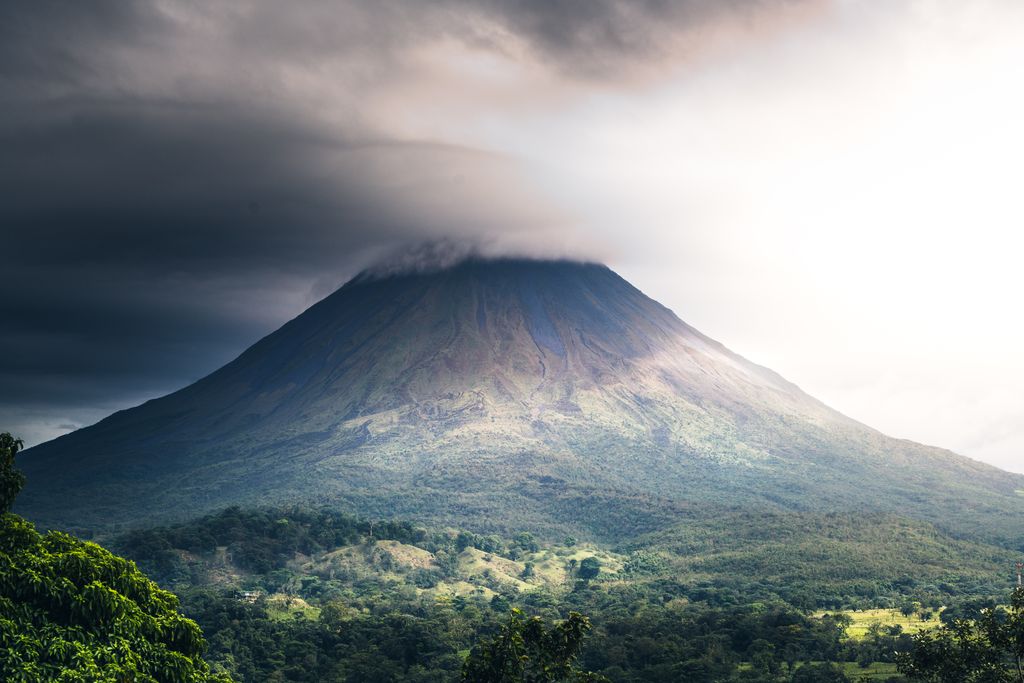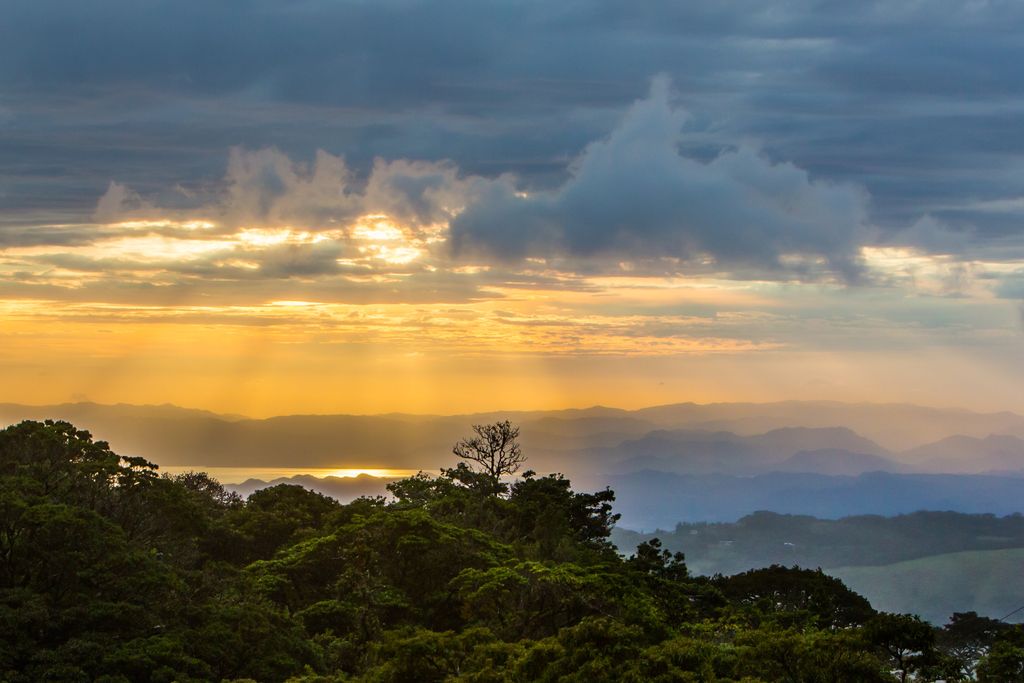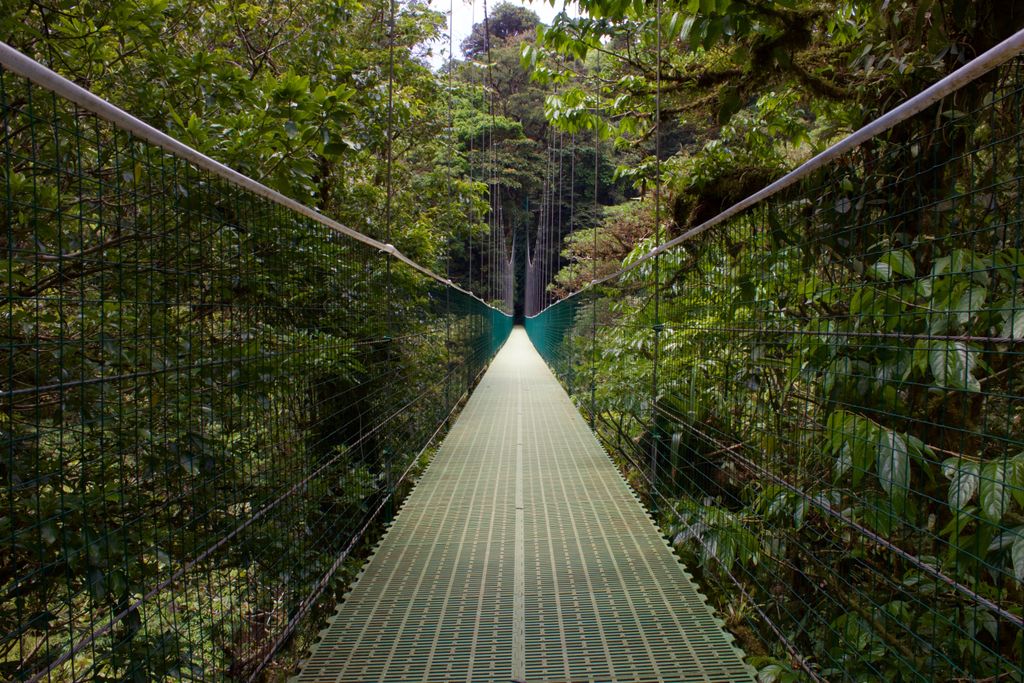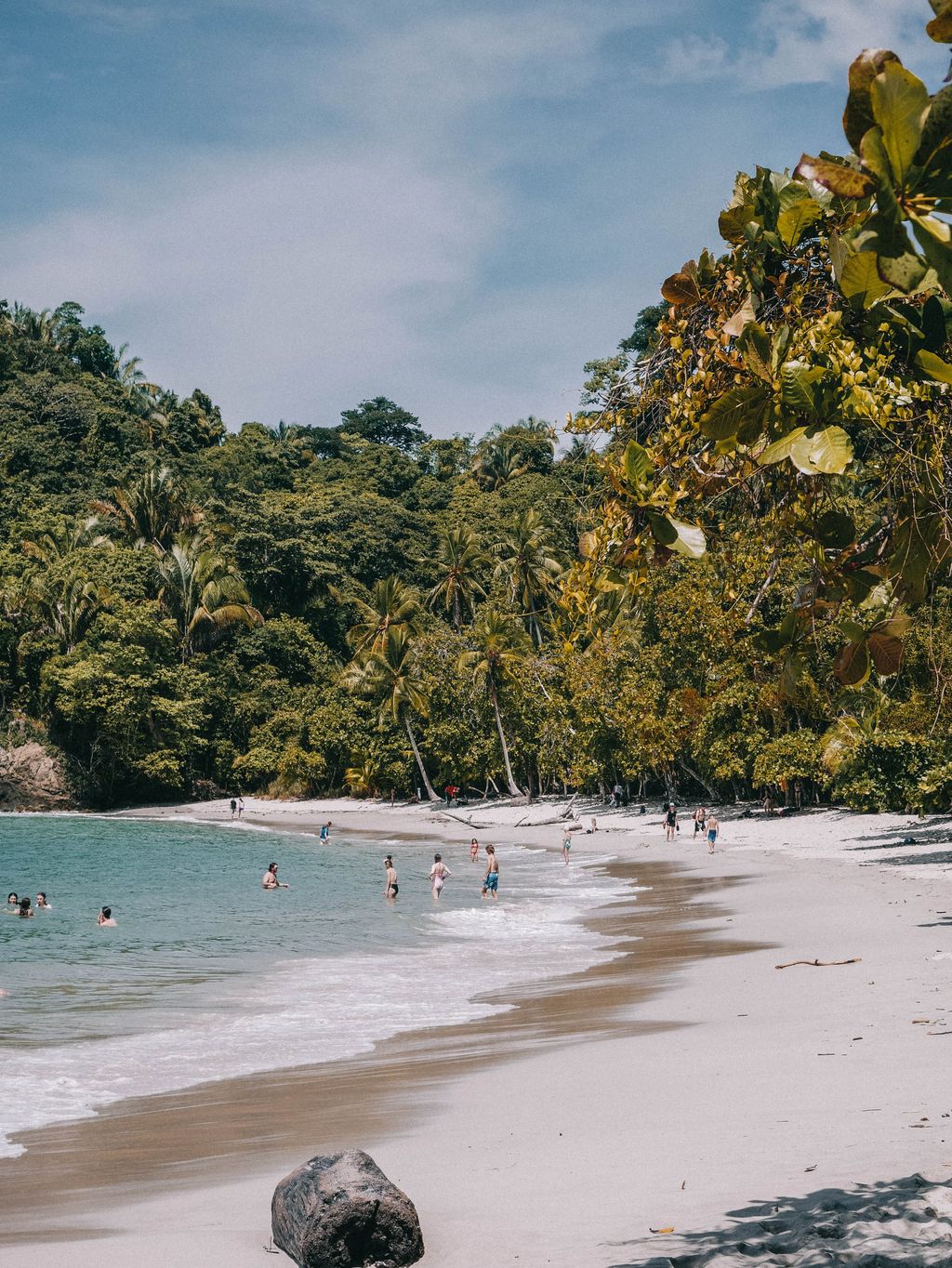Costa Rica, a jewel of Central America, beckons visitors with its lush rainforests, pristine beaches, and unparalleled biodiversity. Nestled between the Pacific Ocean and the Caribbean Sea, this enchanting nation was originally habited by several indigenous groups. Among the most prominent were the Chorotega, who lived in the northwest region of the country; the Huetar, who inhabited the central region; the Boruca, who resided in the southern Pacific area; the Bribri and Cabécar, who occupied the southeastern region; and the Térraba, who settled in the southern part of the country. Each had their own distinct languages, customs, and social organizations.
Post-colonization, Costa Rica has developed a unique and vibrant culture, blending indigenous, European, and Afro-Caribbean influences. Today, the country stands as a shining example of environmental stewardship, social progress, and sustainable development, garnering admiration from around the world for its commitment to peace, democracy, and the conservation of its natural treasures.

Costa Rica is one of the safest countries in Latin America, including for LGBTQ+ people. Keep reading for tips on living in two distinct regions of Costa Rica as a trans man.
No two towns are more opposite than Manuel Antonio and Monteverde. Manuel Antonio is alongside the beach, and Monteverde is in the heart of the mountains. Manuel Antonio has a larger LGBTQ+ scene, while it is not advised to show gay acts of affection in public in Monteverde. The name Monteverde translates to Green Mountain. Our team member lived in Monteverde for roughly eight months, and Manuel Antonio for six.
Getting There
Airport security will not stop you from bringing your T, syringes and needles on the plane. Just make sure that the needles remain sterile, as always. Bring the prescription form just in case, but we personally have never had a problem.
Getting there from San Jose Airport
To get to either Monteverde or Manuel Antonio, the easiest, but most expensive way is to take a private shuttle. Caribe Shuttle is one that we’ve used quite often. It will stop halfway through so people can go to the bathroom or grab something to eat, and then the luggage is normally transferred to a different van. The drivers know English, and if they don’t, another passenger tends to translate. The shuttle will drop you off at the door to your hostel.
If you want to travel with locals to Monteverde, go to Terminal 7-10. The last time we were there, the ticket booth had moved from the upper floor to the basement. Ask a security guard if you’re not sure. It should cost between $6 and $7 for a ticket. Be cautious about interacting with locals that seem overly friendly and eager to help, especially if they address you in English. We saw one traveler lose $500 due to conversion rate confusion in this manner.
When riding the bus, keep your most valued belongings on your lap and not by your feet. The bus will stop once for food/snacks. There are two types of tickets - standing and sitting. The seated tickets run out first. We recommend getting to the station an hour early to secure a ticket. There’s plenty of food stands so you won’t go hungry. They will drop you off at the local mall, and most hostels will be downhill from there.
Getting to Manuel Antonio from San Jose Airport
When you get off your flight, head to Tracopa Station. You’ll see hustlers at the entrance asking if you want a faster way to Manuel Antonio. It’s best to ignore them. Once inside, go buy your ticket. It will cost around $9. As with going to Monteverde, get there early to avoid missing out on a seat. The good thing is, there are several more Tracopa buses per day than buses that head to Monteverde. If you miss one, there should be another available for that day.
The bus will stop once for food, so be on the lookout for fresh empanadas or kebabs. The best stop to get off at is in Quepos (the second to last stop). There, you can take a public bus to your hostel. It should cost less than a dollar. In Manuel Antonio, there are piratas, unofficial taxi drivers who will take you where you need to go for 600-800 colones. If they ask for more, they are scamming you. Count off your change verbally as you give it to them so all parties are in agreement. There is a long road up the hill between Quepos and Manuel Antonio. We don’t recommend walking it, as cars speed through quickly.

Cruising
Cruising is nonexistent in Monteverde. In Manuel Antonio, you can try the boardwalk in Quepos, or walk along the Manuel Antonio beach.
Gay Clubs
Gay clubs are nonexistent in Monteverde. In the main town of Santa Elena, you will see the only bar, Bar Amigos set a distance back from the street. It’s between Tree House Restaurant and Tico and Rico. Open displays of affection are not advised here.
In Manuel Antonio, we have two recommendations. One is Republik Lounge. It has a mix of gay and straight clients, and has great electronic music. The other is the bar at Teva Hostel, Azulea. Like Republik, there is a mix of gay and straight clients. Azulea is more laid back and offers smoothies if you’re not into alcohol. It also closes much earlier (by 9:30). You can go there first, and then head to Republik.
Sober or looking for a daytime cafe
In Monteverde, definitely go to Café Monteverde in Santa Elena. It is opposite Super Compro and to the right of Vitosi. You can get pastries here, and they have free coffee tasting at all hours. Wifi is available for free. In Manuel Antonio, we really love Vista Verde.
Safe doctors
In Monteverde, our team member had a medical issue and went to the clinic down the street from the hostel. There’s only one in the center of town, so it’s easy to find.
In Manuel Antonio, you can go to Max Terán Valls. Go around to the back, get triage first, then check in with the receptionist. Then wait. You’ll pay at the end. If you need to get a shot, you put your doctor’s orders in the door slot. Sit, wait, and they’ll call you when they’re ready. You get shots for everything here; they prefer it over a pill. Be sure to ask about side effects from the shots. One made my vision temporarily blurry and they forgot to warn me. Medication is included in the bill, and fairly affordable too.
We strongly urge you to get travel health insurance. Emergencies happen. We use Seven Corners Travel Medical Plus, but research the best option for you.
Getting T
You can get testosterone without a prescription here, and the clinic doctor or the pharmacist will give you a shot, for only the cost of the needle.
The Monthly
For guys who have periods, the pharmacies won’t blink an eye at you buying pads or tampons. Just go for it.
Safe Hostels
In Monteverde, we are not familiar with any specifically welcoming hostels. Manuel Antonio is chock full of safe places; we normally stay at Teva. It’s got a trail system in the back, a pool and a yoga deck. There’s also a bar/restaurant on the property itself. Super friendly people.
Safe parks
Any of the parks in Monteverde are safe, though public affection is not recommended. Don’t interact with monkeys, especially the white-faced ones; they can pass diseases, become aggressive, and/or become dependent on humans for food. The parks are absolutely gorgeous. We like the Monteverde Reserve. There’s also a couple of adventure parks where you can do zip lining or bungee jumping.

In Manuel Antonio, head to Manuel Antonio National Park. You must buy your tickets online and reserve a time slot. Get off the bus at the last stop and head through an alleyway on the left side of the street with a bunch of vendors. It’s pretty unmistakable. Ignore the false guides; the only real ones are within the park boundaries. After the alleyway, take a right. It’s at the end of the path. They will throw out food if you bring any. That means no picnics, but you can spend a very comfortable day resting on the beach and watching a pair of pelicans swooping around. There’s a cafeteria in the middle of the reserve if you get hungry.
There’s also a public Manuel Antonio Beach. Get off at the last stop, walk onto the beach and take a right. After about 500 feet you won’t notice many vendors. There’s a huge rock/small cave there with a ton of little crabs.
Most of all, enjoy. You’ll find yourself experiencing the adventure of a lifetime. We can’t wait for you to get to know the place that made us fall in love with traveling. Good luck and share pictures with us if you go!

